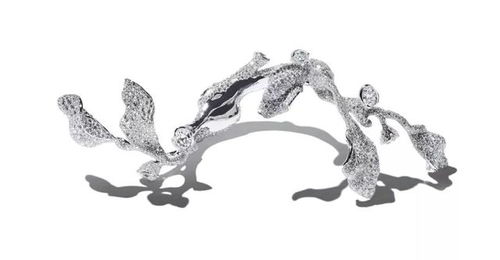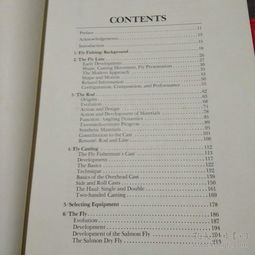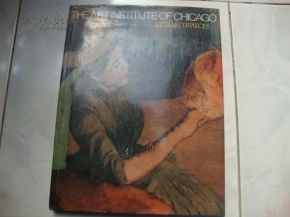In the serene world of angling, mastering the delicate dance between fish and angler is an art form. One of the most crucial elements in this dance is the floating bob, or "float" as it's commonly known. This simple yet vital tool can make the difference between a successful catch and a day spent in vain. In this article, we'll delve into the world of fishing and explore how to interpret the floating bob's language, enhancing your chances of becoming a seasoned angler.
Understanding the Floating Bob
The floating bob is a buoyant device attached to the line above the hook. It serves multiple purposes, including indicating when a fish has taken the bait and helping to maintain a consistent depth of the hook in the water. The bob's position and movement are the angler's primary sources of information during the fishing process.
Choosing the Right Floating Bob
Before we can interpret the bob's signals, it's essential to choose the right one. Floating bobs come in various shapes, sizes, and materials, each designed for different fishing conditions and species. Here are some factors to consider when selecting a floating bob:
Shape: The shape of the bob affects its buoyancy and movement in the water. Teardrop-shaped bobs are versatile and ideal for most fishing scenarios, while round bobs are better for slow and steady presentations.
Size: The size of the bob should match the size of the hook and the depth at which you're fishing. Larger bobs are more visible to fish but can be more susceptible to wind and current disturbances.
Material: Floating bobs are made from various materials, including plastic, wood, and foam. Each material has its advantages and disadvantages, so choose one that suits your fishing style and conditions.
Reading the Floating Bob
Now that you have the right floating bob, it's time to learn how to read its signals. Here are some common movements and what they might indicate:
Sudden Drop: If the bob suddenly drops vertically, it could mean a fish has taken the bait. Gently lift the rod to set the hook, but be cautious not to pull too hard, as this may scare the fish away.
Rapid Jiggle: A rapid up-and-down movement of the bob may indicate a fish is nibbling at the bait. Gently lift the rod to see if the fish takes the bait, but be patient, as some fish may just be curious.
Side-to-Side Movement: If the bob moves side to side, it could mean a fish is swimming around the bait. Wait for a more definitive signal, such as a sudden drop or a more pronounced movement.
No Movement: If the bob remains still for an extended period, it could indicate that the bait is on the bottom or that there are no fish in the area. Adjust your lure's position or move to a new location.
Wind and Current: Sometimes, the bob's movement may be caused by wind or current rather than a fish. To differentiate, observe the bob's movement when you're not actively fishing. If it's still moving when you're not casting, it's likely due to environmental factors.
Advanced Techniques
Once you've mastered the basics of reading the floating bob, you can explore more advanced techniques to improve your fishing skills:

Fine-Tuning: Adjust the weight of the bob to match the depth and current of the water. This will help you present the bait more effectively and reduce false signals.
Subtle Adjustments: If you're not getting any bites, try making subtle adjustments to your technique, such as changing the speed of your retrieve or the type of bait you're using.
Patience and Practice: Remember that fishing is a skill that takes time to develop. Practice reading the floating bob in various conditions and situations to improve your instincts.
In conclusion, the floating bob is a powerful tool in the angler's arsenal. By understanding its language and applying the right techniques, you can increase your chances of success on the water. So, grab your rod, choose the right floating bob, and start decoding the language of the water. Happy fishing!












